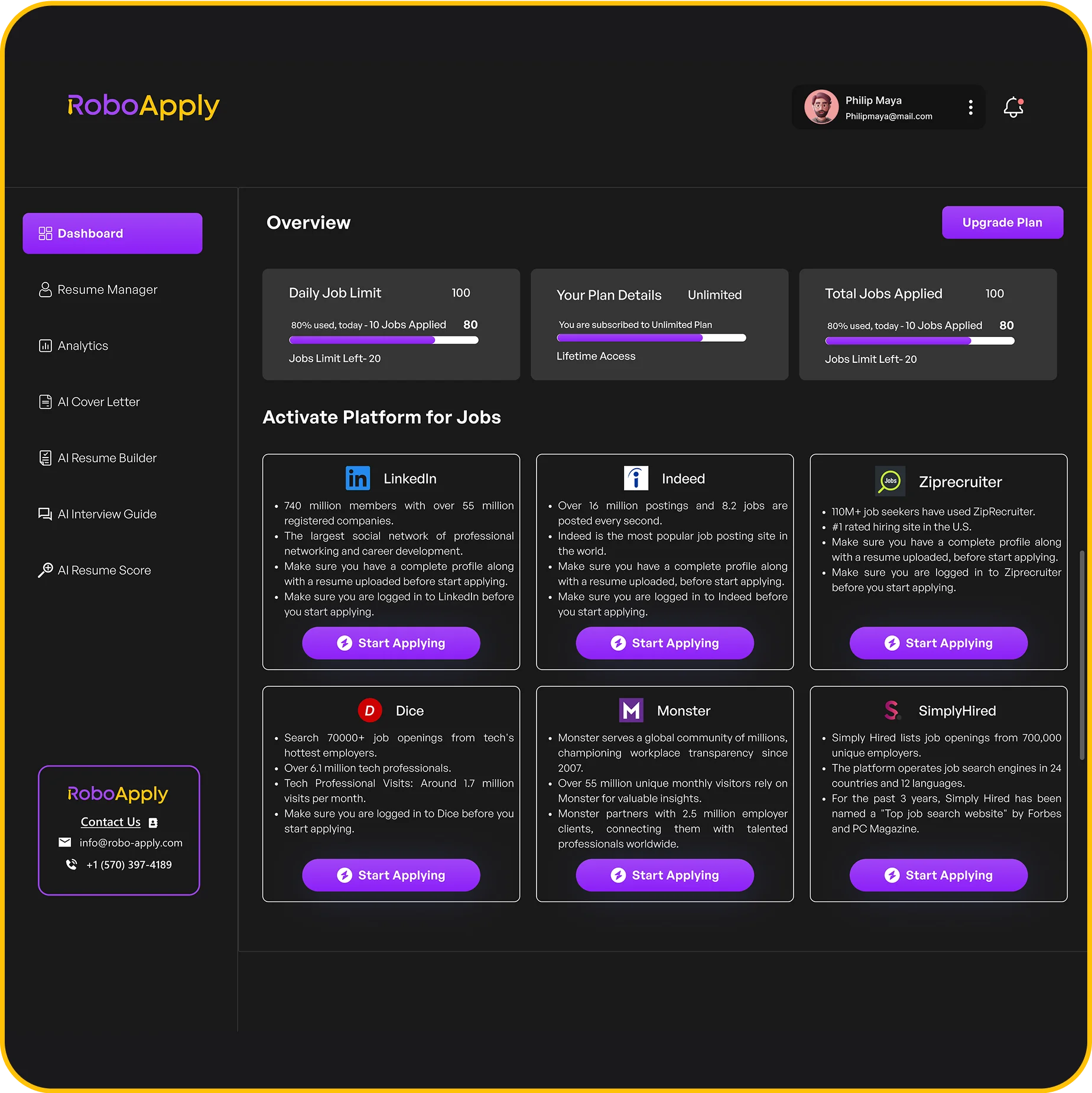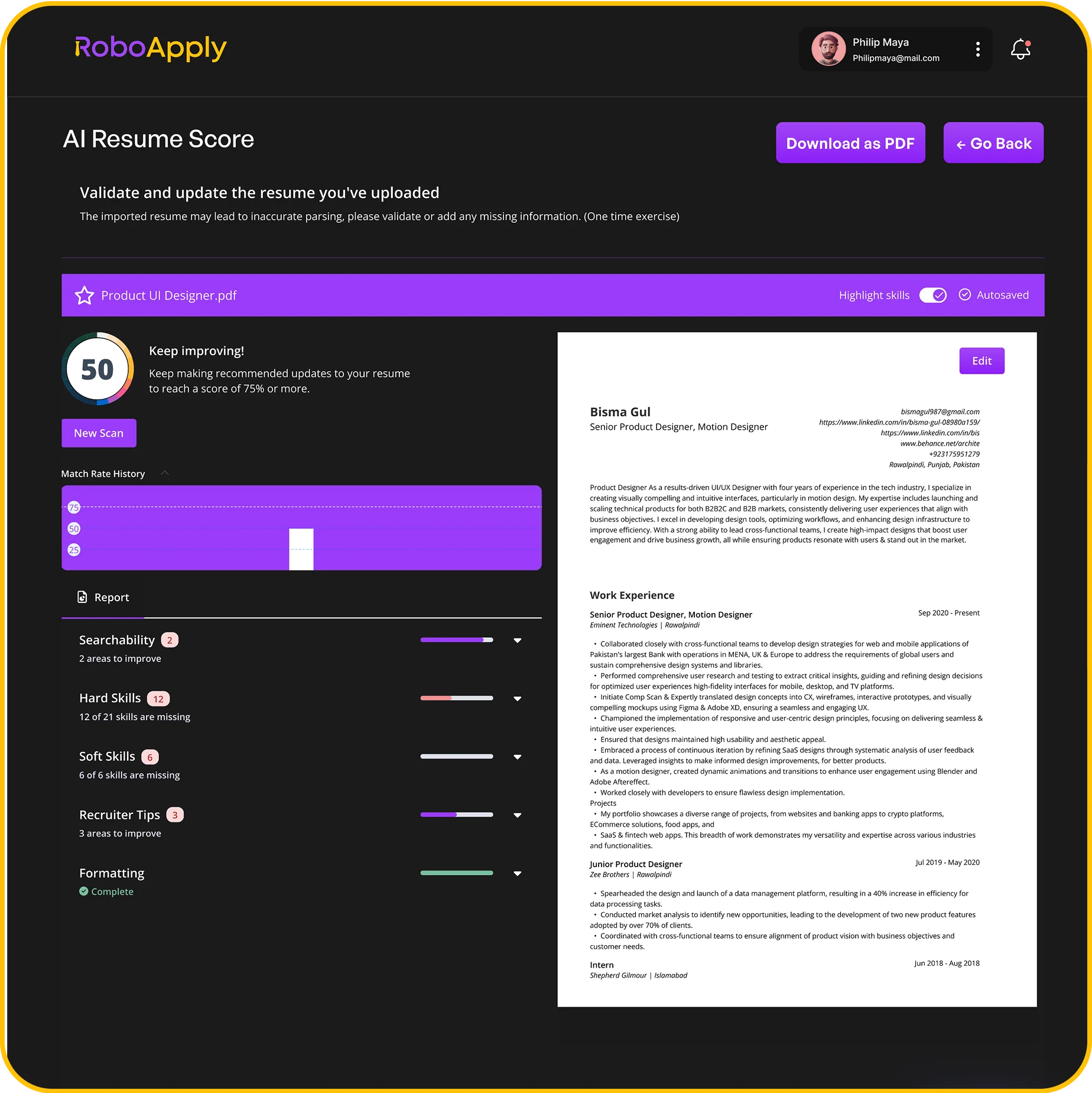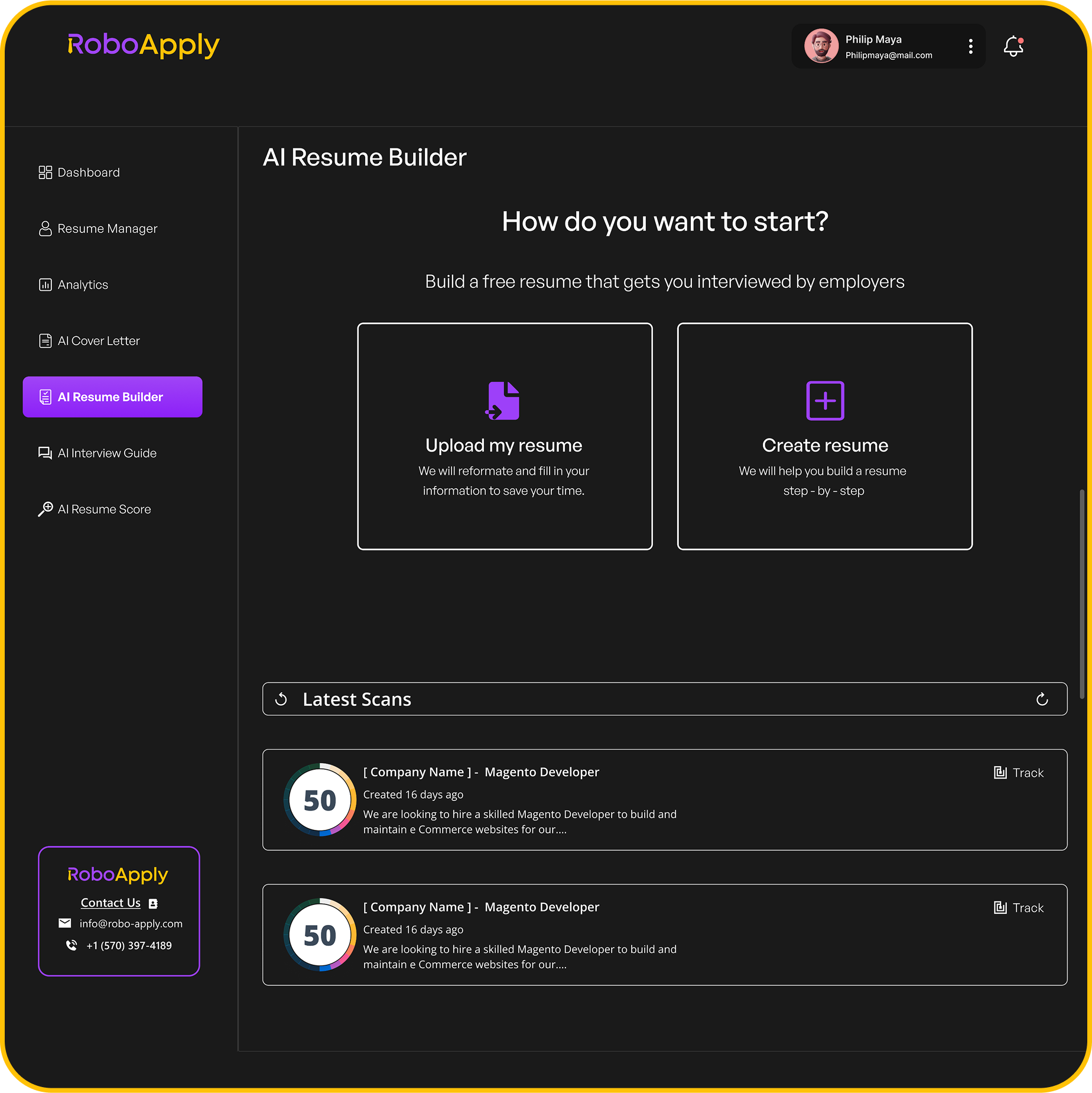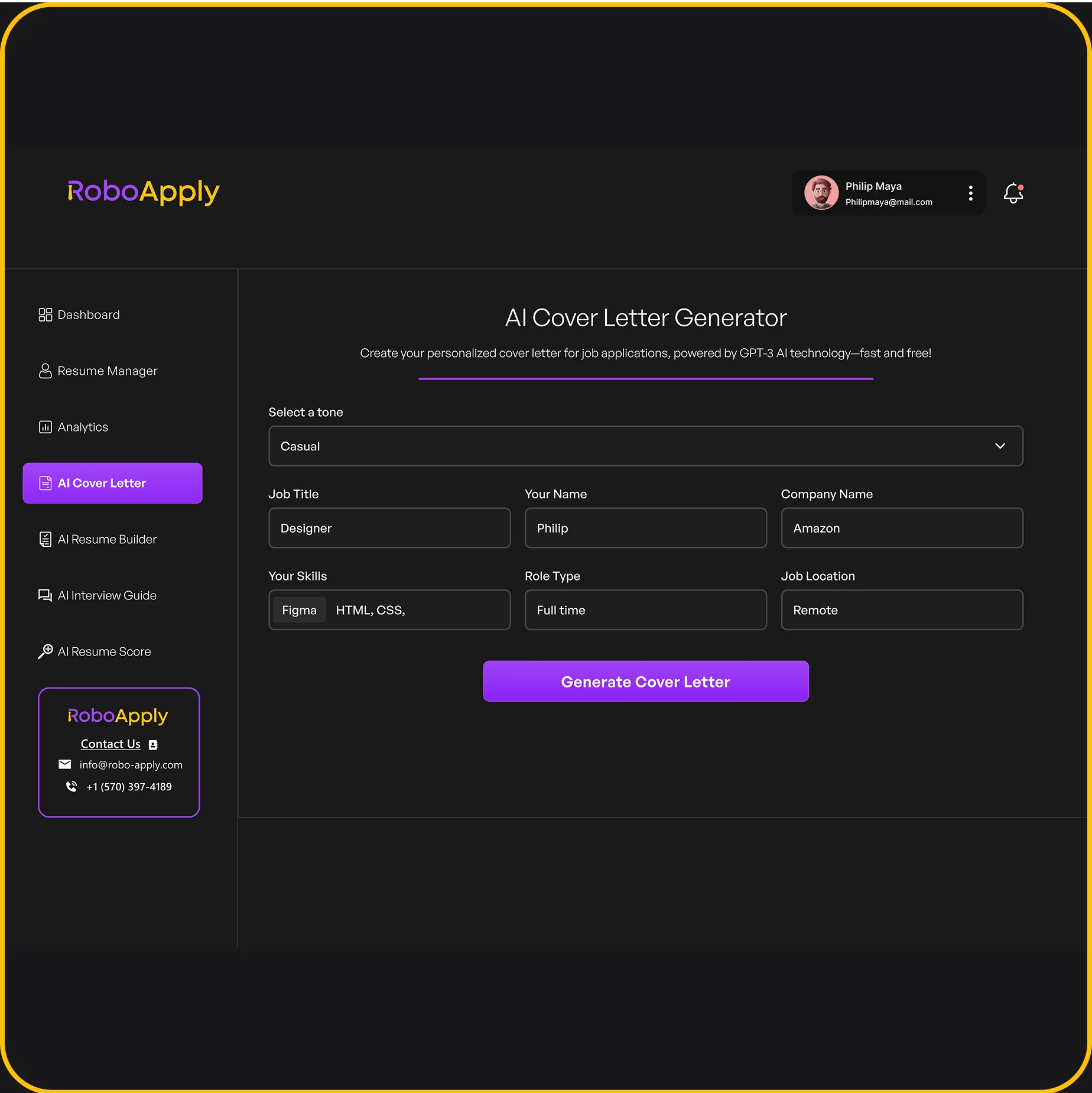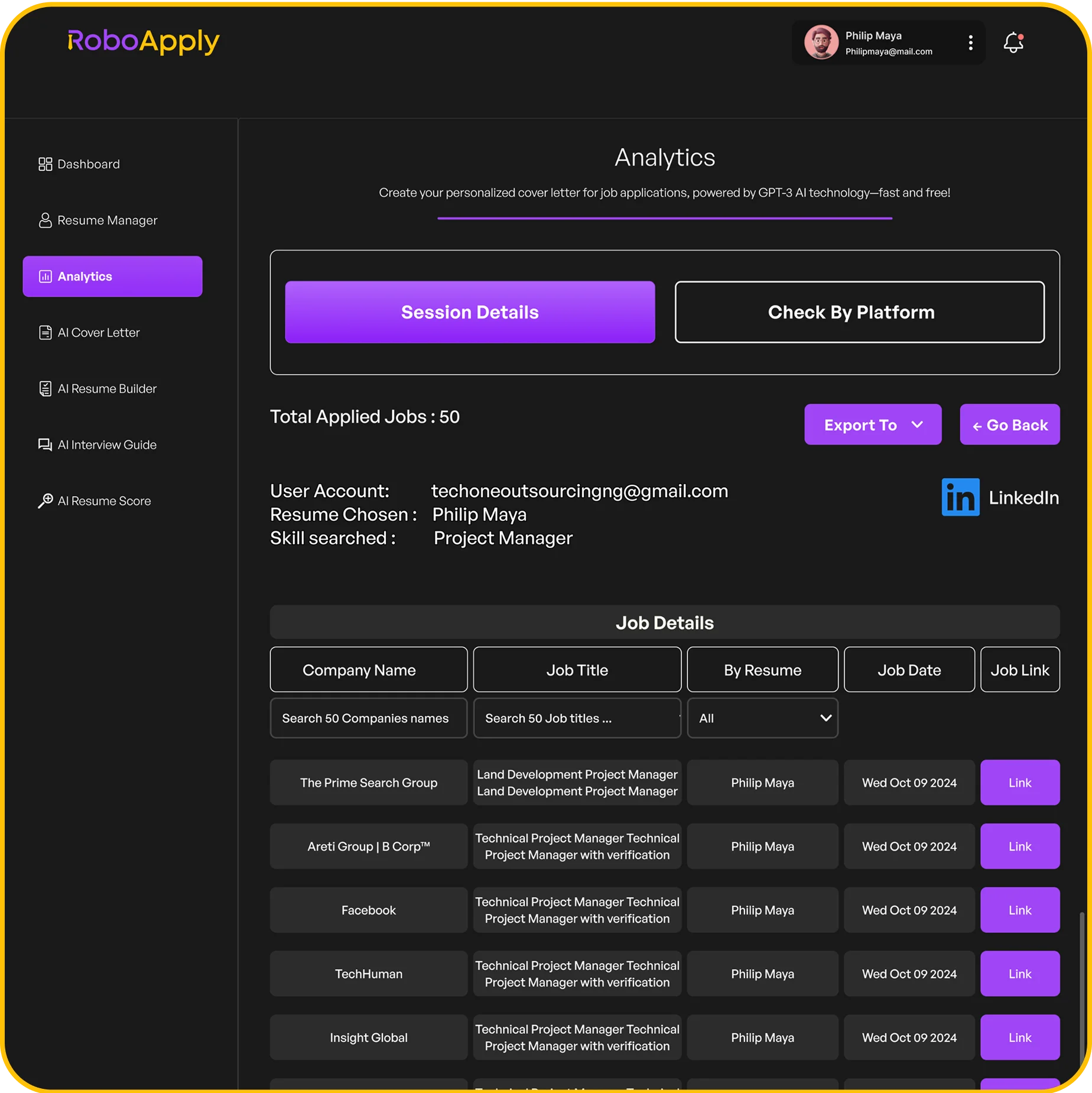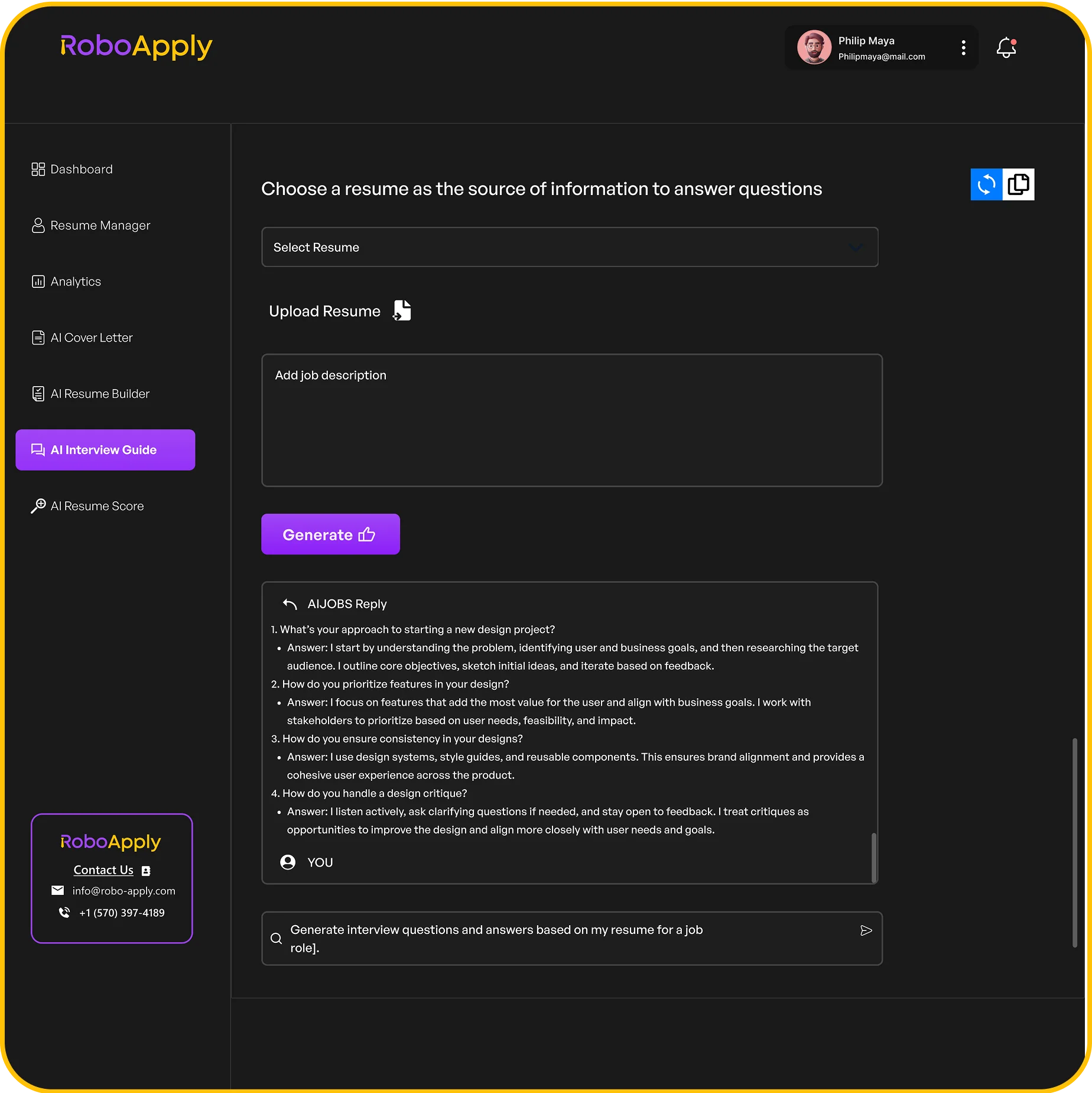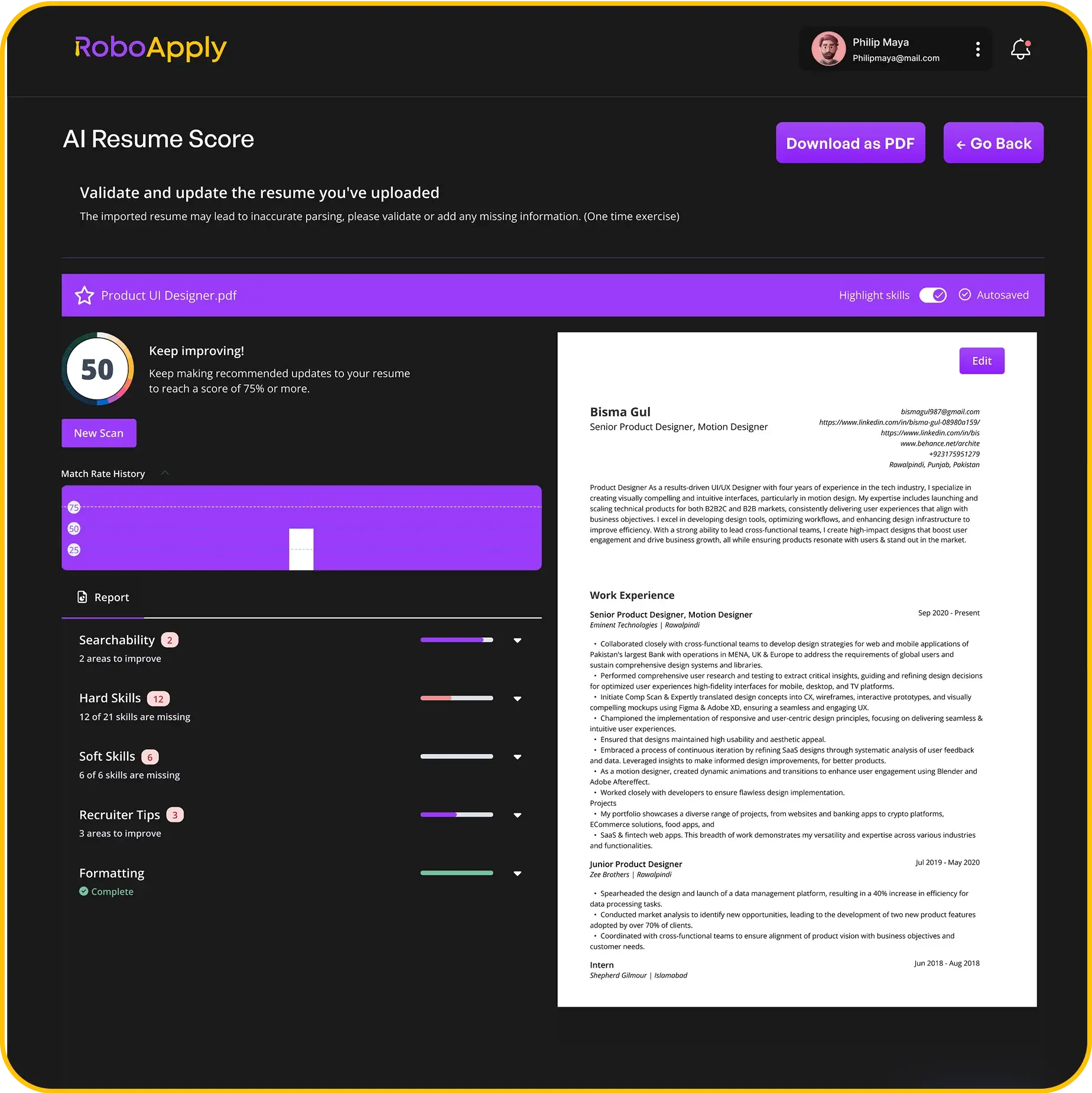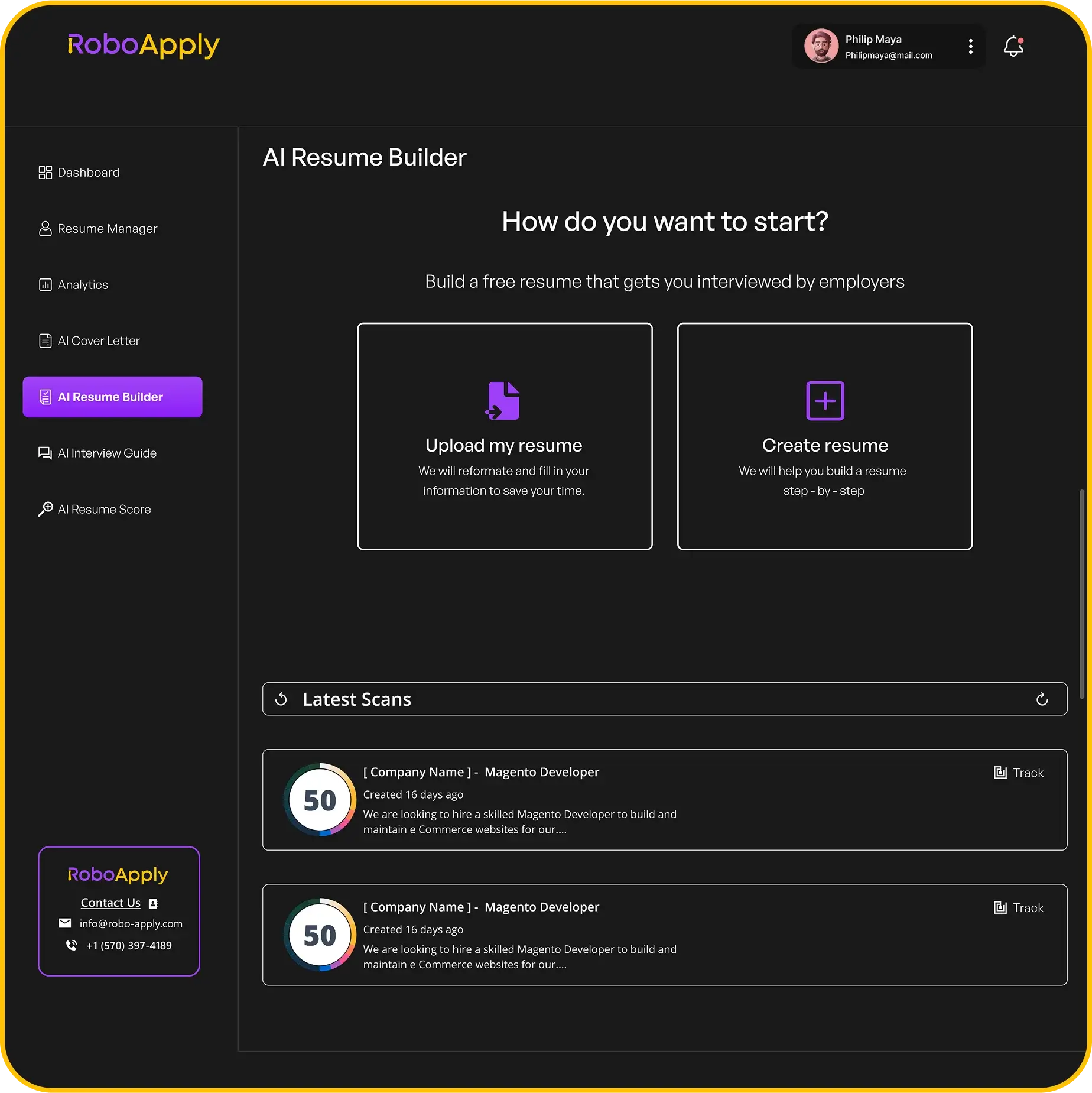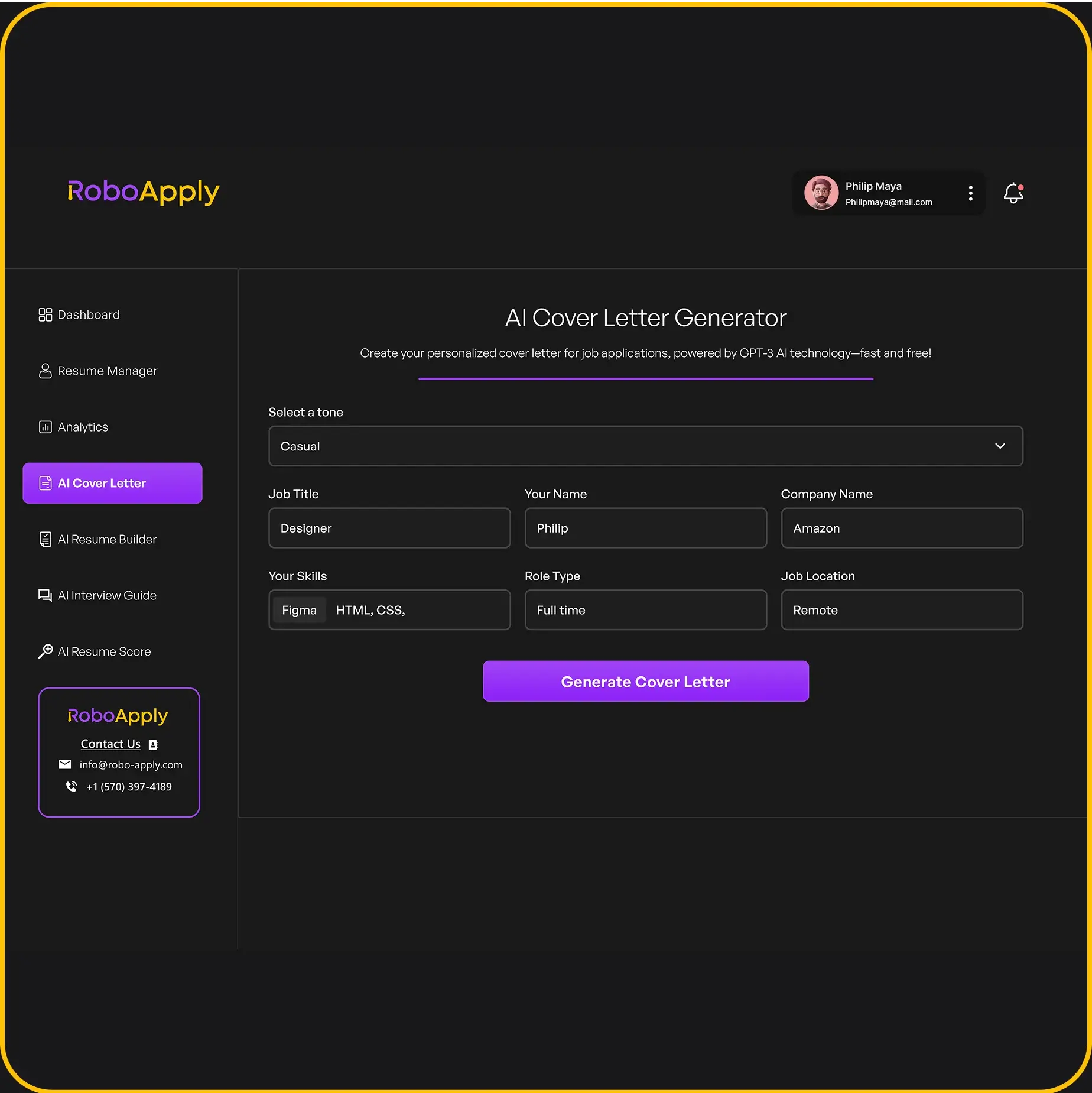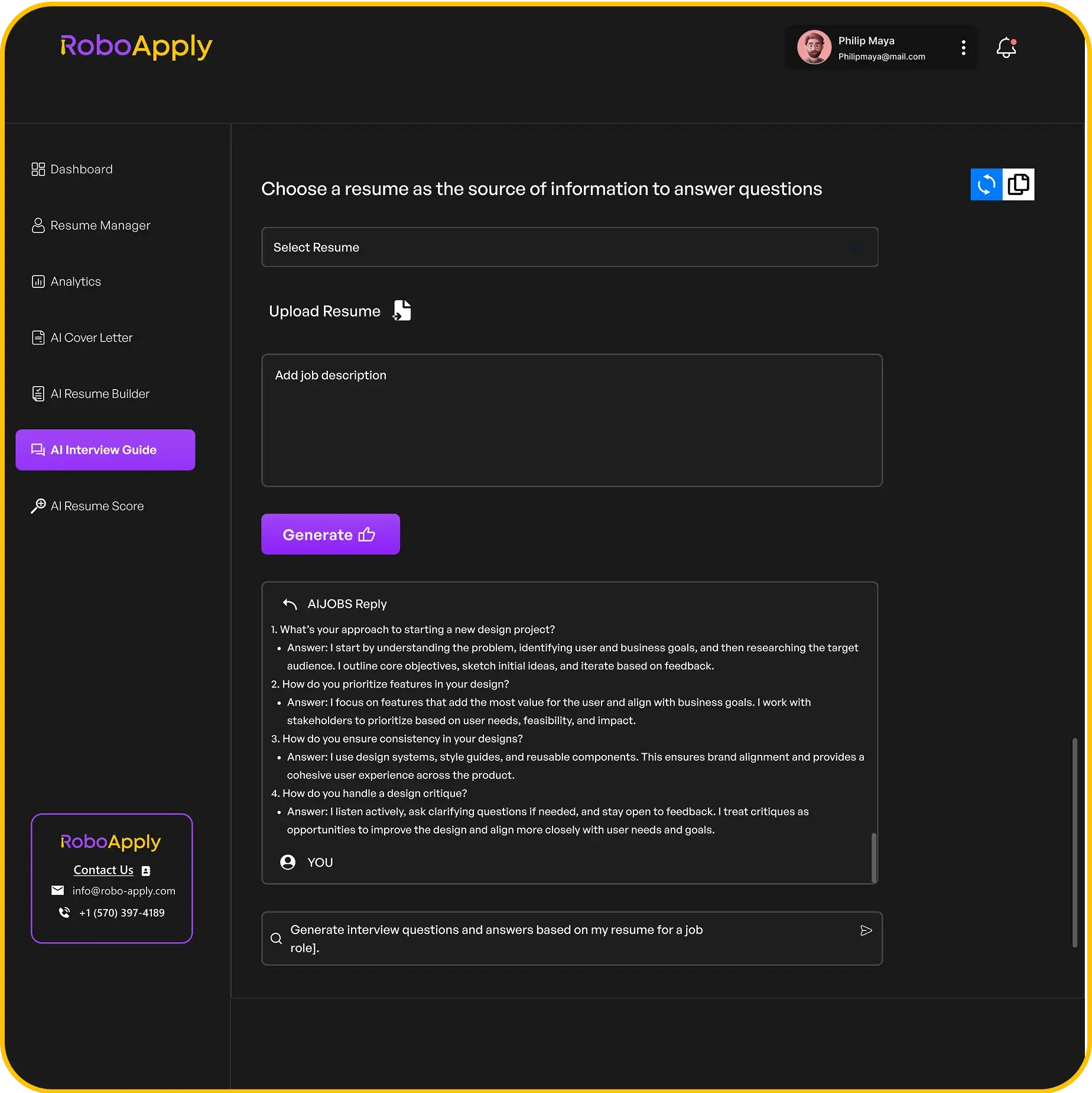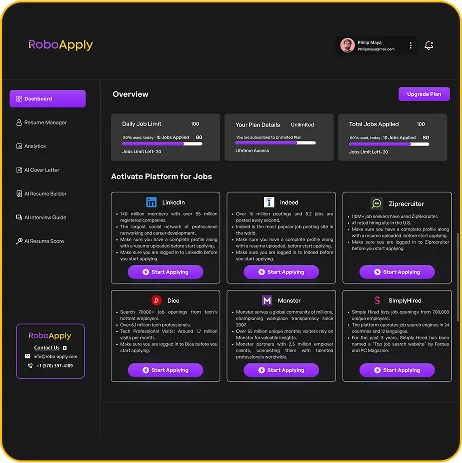Ever wondered what happens to your job application after you hit ‘submit’? Chances are, it goes straight into something called an Applicant Tracking System, or ATS. For anyone involved in hiring, or even just looking for a job, understanding what is an ATS is pretty important. These systems are basically the digital backbone of modern hiring, helping companies sort through tons of applications without getting totally overwhelmed. Let’s break down what an ATS does and why it’s such a big deal in today’s job market.
Key Takeaways
- An ATS is software that helps companies manage job applications and the hiring process.
- It makes things easier by automating tasks like resume sorting and candidate communication.
- Using an ATS helps businesses find the right people faster and keeps hiring organized.
- These systems can improve how job seekers experience applying for a job.
- Many ATS platforms can connect with other HR tools for a smoother overall operation.
Understanding What Is an ATS
Defining Applicant Tracking Systems
So, what exactly is an Applicant Tracking System? Well, simply put, it’s software. It helps companies manage the entire hiring process, from posting jobs to actually hiring someone. Think of it as a central hub for all things recruitment. It’s way more than just a place to store resumes; it’s a tool that automates and streamlines many of the tasks involved in finding and hiring the right people. For example, an ATS assists businesses in managing candidates.
The Core Purpose of an ATS
The main reason companies use an ATS is to make hiring easier and more efficient. It’s about saving time and money while also improving the quality of hires. An ATS helps to:
- Organize applications.
- Filter candidates based on specific criteria.
- Schedule interviews.
- Communicate with applicants.
By automating these tasks, HR departments can focus on more strategic initiatives, like improving employee engagement and developing talent pipelines. It’s about working smarter, not harder.
Why Businesses Adopt an ATS
Businesses adopt an ATS for a bunch of reasons. First off, it helps them stay organized. Imagine trying to manage hundreds of applications using just spreadsheets and email – it would be a nightmare! An ATS keeps everything in one place, making it easier to track candidates and avoid losing important information. Secondly, it helps with compliance. Many ATS platforms have features that ensure companies are following equal opportunity employment laws and regulations. Finally, it improves the overall candidate experience. A good ATS can make it easier for candidates to apply for jobs and stay informed throughout the hiring process. To get your resume seen, optimize it for ATS.
Key Features of an Applicant Tracking System
Automated Resume Parsing Capabilities
Okay, so one of the coolest things an ATS does is automatically read and understand resumes. Forget manually sifting through each one! The system scans resumes, pulls out key information like skills, experience, and education, and then organizes it all. This automated parsing saves a ton of time and helps you quickly identify candidates who might be a good fit. It’s like having a robot assistant for the initial screening process.
Streamlined Candidate Management
An ATS acts as a central hub for all your candidate data. Think of it as a digital filing cabinet, but way more organized. Instead of scattered spreadsheets and emails, you have everything in one place. This makes it way easier to track candidates through each stage of the hiring process, from application to interview to offer. It really helps with job posting management and keeps things from falling through the cracks.
Customizable Workflow Design
Every company has its own way of doing things, and an ATS gets that. That’s why most systems let you customize the hiring workflow to match your specific needs. You can define the different stages of your process, set up automated tasks, and even create custom forms and questionnaires. This flexibility means you can tailor the system to fit your unique requirements and review resumes more efficiently.
Setting up a workflow that reflects your company’s values and processes is key to making the most of your ATS. It’s not just about automating tasks; it’s about creating a hiring experience that aligns with your brand and attracts top talent.
Enhancing Collaboration with an ATS

Applicant Tracking Systems aren’t just for storing resumes; they’re also powerful tools for boosting teamwork during the hiring process. An ATS can really help everyone stay on the same page, making hiring decisions more informed and efficient. It’s about making the whole process smoother for the team.
Shared Dashboards for Teamwork
Shared dashboards are a game-changer for hiring teams. Instead of relying on email chains and scattered notes, everyone involved can access the same real-time information. This includes candidate profiles, application statuses, and feedback from other team members. It’s all about transparency and making sure everyone has the data they need to make good decisions. This helps with candidate management.
Communication Tools for Hiring Teams
An ATS often comes equipped with built-in communication tools. These can range from simple messaging features to more advanced options like video conferencing integration. The key is to have a central place where hiring teams can discuss candidates, share insights, and coordinate next steps. This reduces the risk of miscommunication and ensures that everyone is aligned throughout the process. It’s a big step up from endless email threads.
Centralized Candidate Data Repository
Imagine a world where all candidate information is in one place, easily accessible to everyone on the hiring team. That’s the power of a centralized candidate data repository within an ATS. No more searching through multiple spreadsheets or email attachments. Everything is organized, searchable, and secure. This not only saves time but also ensures that no valuable information is lost or overlooked. You can use an ATS friendly checker to make sure your resume is easily parsed.
Here are some benefits of a centralized repository:
- Improved data accuracy
- Reduced risk of data loss
- Enhanced compliance with data privacy regulations
Optimizing the Candidate Experience

It’s easy to forget that candidates are people too! They’re not just resumes floating in the digital ether. How they experience your hiring process can make or break your company’s reputation. A clunky, confusing, or unresponsive process can turn off top talent and even damage your brand. Focusing on the candidate experience is about making the process as smooth, transparent, and even enjoyable as possible.
Simplifying the Application Process
Nobody likes filling out endless forms or wrestling with glitchy websites. Make it easy for candidates to apply! Think mobile-friendly applications, clear instructions, and minimal required fields. The easier it is to apply, the more likely you are to attract a wider pool of suitable candidates.
Providing Timely Candidate Updates
Silence is deafening. Candidates hate being left in the dark. Use your ATS to automate status updates, even if it’s just a quick "We received your application." Regular communication, even if it’s automated, shows you respect their time and interest. Consider building communication checklists for each stage of the hiring process.
Building a Positive Employer Brand
Your hiring process is a reflection of your company culture. A positive candidate experience translates to a positive employer brand. Candidates who have a good experience, even if they don’t get the job, are more likely to recommend your company to others. Think of your ATS as a tool to help you put your best foot forward. AI tools can help streamline the process and increase effectiveness, but it’s crucial to select secure tools that maintain your personal touch. AI transforms job searching from endless scrolling to a personalized, efficient experience, acting like a dedicated career assistant.
Treat every candidate with respect and transparency. Even a simple, personalized rejection email can leave a lasting positive impression. Remember, they might be a customer, a future employee, or a valuable connection down the road.
Integrating Your ATS with Other HR Systems

An Applicant Tracking System (ATS) is powerful on its own, but its true potential shines when it works in harmony with your other HR systems. Think of it as connecting different parts of your business to make everything run smoother. This integration eliminates data silos, reduces manual work, and gives you a more complete view of your workforce.
Connecting with HRIS and Payroll
Integrating your ATS with your Human Resources Information System (HRIS) and payroll systems is a game-changer. This connection ensures that candidate data flows seamlessly from recruitment to onboarding and beyond. No more manual data entry or risk of errors! When a candidate becomes an employee, their information automatically transfers to the HRIS and payroll, saving time and improving accuracy. This also helps with compliance, as all employee data is stored in one place. It’s a win-win.
- Automated data transfer between systems
- Reduced manual data entry and errors
- Improved data accuracy and compliance
Synergy with Learning Management Systems
Integrating your ATS with a Learning Management System (LMS) streamlines employee development. Once a candidate is hired, their information can be automatically transferred to the LMS, enrolling them in relevant training programs. This ensures that new hires receive the necessary training from day one, improving their performance and engagement. It also allows you to track employee progress and identify areas where additional training may be needed. This integration supports continuous learning and development throughout the employee lifecycle. Consider the benefits of HR integration for your business.
- Automated enrollment in training programs
- Improved employee onboarding and development
- Tracking of employee progress and performance
Integrating your ATS with other HR systems creates a more connected and efficient HR ecosystem. This integration reduces manual work, improves data accuracy, and provides a more complete view of your workforce.
Data Security in Integrated Systems
Data security is paramount when integrating your ATS with other HR systems. Protecting sensitive employee data is crucial, and you need to ensure that all systems are secure and compliant with relevant regulations. This includes implementing strong access controls, encrypting data, and regularly monitoring for security threats. It’s also important to choose vendors who prioritize data security and have robust security measures in place. Don’t forget to consider ATS integration best practices.
- Implementing strong access controls
- Encrypting sensitive data
- Regularly monitoring for security threats
Maximizing Your ATS Investment
Training Your Team for ATS Proficiency
To truly get the most out of your applicant tracking system, you need to invest in training. It’s not enough to just buy the software; your team needs to know how to use it effectively. Comprehensive training programs are key to ensuring your HR staff understands all the features and functionalities of the ATS. This includes everything from basic data entry to advanced reporting and analytics. Make sure the training is hands-on and relevant to their day-to-day tasks. Also, don’t forget about ongoing training. The world of HR tech is always changing, and your team needs to stay up-to-date on the latest features and best practices. Consider offering regular workshops, webinars, or even access to online learning resources. This will help them feel confident and competent using the system.
Leveraging Analytics for Recruitment Insights
One of the biggest advantages of using an ATS is the wealth of data it collects. But data is only useful if you know how to analyze it. That’s where analytics come in. An ATS can provide insights into all sorts of things, like:
- Time-to-hire
- Cost-per-hire
- Source of hire
- Candidate satisfaction
By tracking these metrics, you can identify areas where your recruitment process is working well and areas where it needs improvement. For example, if you notice that your time-to-hire is increasing, you can investigate the reasons why and take steps to streamline the process. Or, if you find that most of your successful hires are coming from a particular job board, you can focus your recruiting efforts there. Data-driven decision-making is the name of the game. You can also use the analytics to track the performance of your recruiters and identify areas where they may need additional training or support. An integrated HR ATS can really help with this.
Continuous Improvement and Feedback Loops
An ATS implementation isn’t a one-time thing; it’s an ongoing process. You need to continuously monitor the system’s performance and make adjustments as needed. This means regularly reviewing your workflows, updating your configurations, and soliciting feedback from your team.
Create a feedback loop where users can easily report issues, suggest improvements, and share their experiences. This will help you identify pain points and areas where the system can be optimized. Also, don’t be afraid to experiment with new features and functionalities. The best way to find out what works is to try it out. And remember, the goal is to make the ATS work for you, not the other way around. By continuously improving and refining your processes, you can ensure that your ATS is always delivering maximum value. You can also use AI tools to enhance job applications and the overall process.
Common Terminology in ATS

Understanding Boolean Search
Boolean search is a technique used within ATS to refine candidate searches using specific keywords and operators like AND, OR, and NOT. It allows recruiters to create highly targeted queries, ensuring they find candidates who precisely match the job requirements. For example, searching for "engineer AND (software OR hardware) NOT sales" will find engineers with software or hardware experience, excluding those with sales backgrounds. It’s like using a super-powered filter to sift through a massive pile of resumes. Understanding boolean search can dramatically improve the efficiency of your candidate sourcing efforts.
Creating Talent Pools
Talent pools are curated groups of pre-screened candidates who may be a good fit for future roles within the company. Building talent pools involves:
- Identifying individuals with desired skills and experience, even if there isn’t an immediate opening.
- Engaging with these candidates through regular communication and updates.
- Maintaining their profiles within the ATS for easy access when relevant positions become available.
Think of talent pools as your bench of all-star players, ready to step in when needed. It’s a proactive approach to recruitment that reduces time-to-hire and ensures a steady stream of qualified candidates.
This proactive approach helps companies fill positions faster and more efficiently. It’s about building relationships before you even have a job opening. Using an ATS helps you manage these pools effectively.
Applicant Database Management
Applicant database management refers to the processes and strategies involved in organizing, maintaining, and utilizing the data stored within an ATS. This includes:
- Ensuring data accuracy and completeness.
- Complying with data privacy regulations.
- Implementing effective search and filtering capabilities.
Proper applicant database management is crucial for efficient recruitment. A well-managed database allows recruiters to quickly access candidate information, track application progress, and generate reports. It also helps maintain compliance with data protection laws. Make sure you understand the HR terminology involved to keep your database in tip-top shape. Using AI CV tools can also help keep your database up to date.
Understanding the common words used in ATS (Applicant Tracking Systems) can really help you get your resume noticed. These systems are super important for job hunting today. Want to learn more and boost your chances? Check out our website for a full guide on how to beat the ATS and land your dream job!
Wrapping Things Up: Your ATS Journey
So, we’ve gone through a lot about what an ATS is and how it works. It’s pretty clear that these systems are a big deal for hiring today. They help companies handle a lot of applications, find good people, and just make the whole hiring process smoother. Knowing how an ATS functions can really help you, whether you’re looking for a job or trying to fill one. It’s all about making things easier and finding the right fit, every time.
Frequently Asked Questions
What exactly is an ATS?
An ATS, or Applicant Tracking System, is a special computer program that helps companies handle job applications. Think of it like a smart assistant for hiring. It helps sort through resumes, keeps track of who applied, and makes the whole hiring process smoother and faster.
Why do companies use an ATS?
Many businesses use an ATS because it makes hiring much easier. It saves time by automatically looking through resumes for keywords, helps keep all applicant information organized in one spot, and makes it simpler to find the best people for the job. It’s a big help for busy HR teams.
Can an ATS really read my resume?
Yes, an ATS can read resumes and pick out important information like your skills, work history, and education. This is called ‘resume parsing.’ It helps recruiters quickly see if you have the right stuff for the job. So, it’s a good idea to make your resume easy for these systems to read.
Does an ATS make applying for jobs easier for me?
Absolutely! An ATS helps make the application process simpler for you. It often provides a clear, step-by-step way to apply and can send you updates about your application. This makes your experience better and less confusing.
Can an ATS connect with other HR systems?
An ATS usually works with other HR programs, like those that handle payroll or employee training. This means all your information can be shared smoothly between different systems, making things more efficient for the company and for you as a new hire.
How do companies make the most of their ATS?
To get the most out of an ATS, companies train their staff on how to use it well. They also look at reports from the system to see what’s working and what’s not in their hiring process. This helps them keep getting better at finding great talent.


